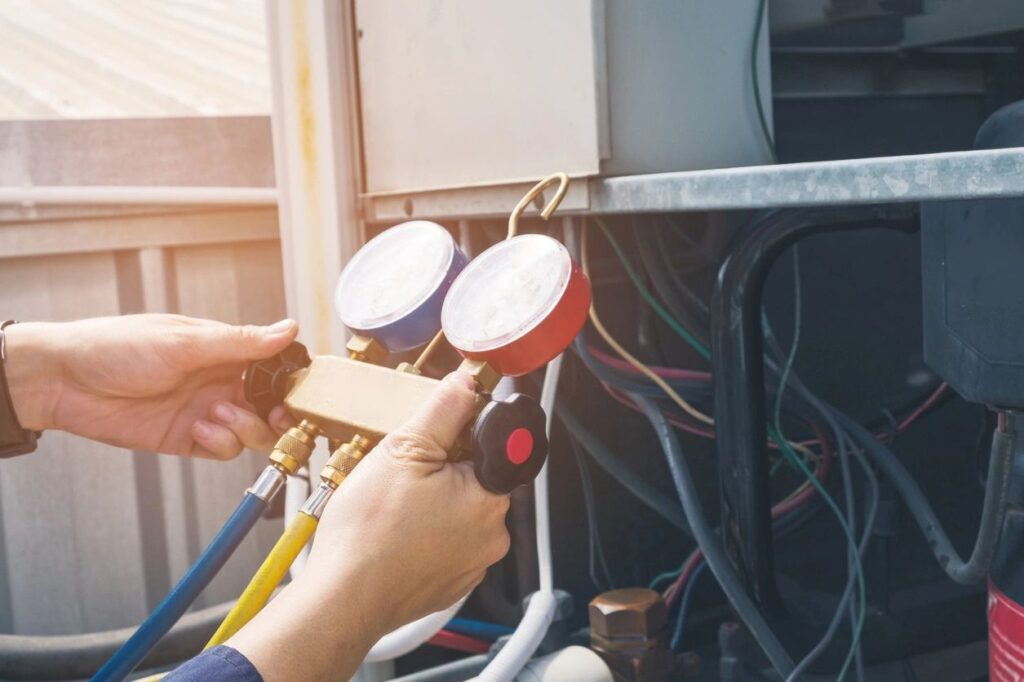
Buying a home is one of the most significant investments you’ll ever make. While it’s easy to get caught up in the excitement of finding your dream house, it’s crucial to approach the process with a critical eye. Some issues may be minor and easily fixable, but others can turn your dream home into a nightmare. Here are ten red flags to watch for when buying a home:
1. Foundation Problems
A home’s foundation is literally what everything else rests upon. Signs of foundation issues include:
- Cracks in the walls, especially around doors and windows
- Doors or windows that stick or won’t close properly
- Uneven floors or visible sloping
If you notice any of these signs, it’s crucial to have a structural engineer assess the property before proceeding.
2. Water Damage and Mold
Water damage can lead to costly repairs and health hazards. Look out for:
- Stains on walls, ceilings, or floors
- Musty odors, particularly in basements or crawl spaces
- Visible mold growth
Remember, sometimes water damage isn’t immediately visible, so pay attention to any musty smells or signs of excessive moisture.
3. Roof Issues
A damaged roof can lead to leaks and extensive interior damage. Be wary of:
- Missing, damaged, or curling shingles
- Signs of leaks in the attic or upper floors
- An old roof nearing the end of its lifespan
Ask about the age of the roof and when it was last replaced or repaired.
4. Electrical System Concerns
Outdated or faulty electrical systems can be both inconvenient and dangerous. Watch for:
- Outdated wiring (e.g., knob-and-tube wiring in older homes)
- Flickering lights or non-functioning outlets
- A lack of ground fault circuit interrupters (GFCIs) in wet areas
An outdated electrical system may require a costly upgrade to meet current safety standards.
5. Plumbing Problems
Plumbing issues can range from annoying to disastrous. Be on the lookout for:
- Low water pressure
- Slow-draining sinks or tubs
- Signs of leaks under sinks or around toilets
- Outdated pipe materials (like lead or polybutylene)
Don’t be shy about turning on faucets and flushing toilets during your home tour.
6. Pest Infestations
Pests can cause significant damage and health concerns. Look for signs of:
- Termite damage, such as hollow-sounding wood or discarded wings
- Rodent droppings or chew marks
- Carpenter ant sawdust trails
A professional pest inspection can catch issues that might not be visible to the untrained eye.
7. Neighborhood Concerns
Remember, you’re not just buying a house; you’re also buying into a neighborhood. Research:
- Local crime rates
- School district quality (even if you don’t have children, this affects resale value)
- Nearby development plans that could impact your quality of life or property value
Drive through the neighborhood at different times of day to get a feel for the area.
8. Structural Issues
While some structural problems are obvious, others require a keen eye:
- Cracks in walls or ceilings (especially if they’re wider at the top)
- Sagging floors or rooflines
- Doors or windows that are out of square
These issues can be symptoms of serious structural problems that are expensive to fix.
9. Poor Maintenance
A poorly maintained home may have hidden issues. Watch for:
- Overgrown landscaping
- Peeling paint or rotting wood exteriors
- Multiple minor repairs needed throughout the house
These could be signs that the current owners have neglected other, more serious maintenance issues.
10. Zoning and Legal Issues
Legal problems can be just as troublesome as physical ones:
- Unpermitted additions or renovations
- Easements that restrict your use of the property
- Boundary disputes with neighbors
Always check that all additions and major renovations have proper permits and approvals.
The Bottom Line: While this list of red flags may seem daunting, remember that no house is perfect. The key is to identify potential issues early so you can make an informed decision. Always get a professional home inspection before purchasing, and don’t be afraid to walk away if you uncover serious problems.
Trust your instincts, do your due diligence, and don’t let the pressure to buy quickly override your better judgment. With careful consideration and the right precautions, you can find a home that’s not just a house, but a safe, sound investment in your future.

 See Our National Coverage Map
See Our National Coverage Map